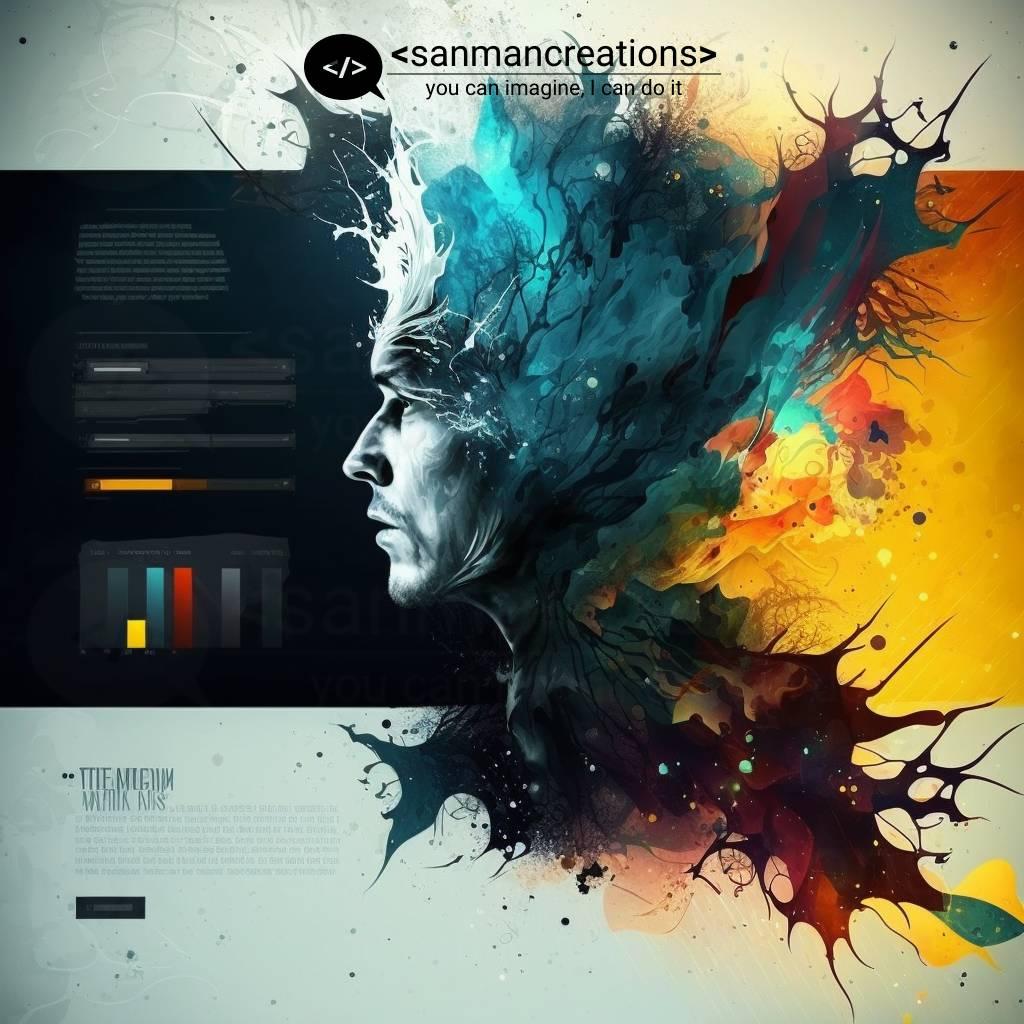Conceptual web design is a design approach that focuses on the conceptual and emotional aspects of a website, rather than just its technical features. This approach takes into account the user’s experience and how they interact with the website, in order to create a unique and memorable experience.
Here are the key elements of conceptual web design:
- User-Centered Design: Conceptual web design puts the user at the center of the design process, considering their needs, goals, and emotions when creating the website.
- Emotional Connection: A conceptual web design should create an emotional connection with the user, evoking feelings and building trust and engagement.
- Storytelling: Conceptual web design often uses storytelling techniques to create a narrative that connects the user with the website’s content and purpose.
- Visual Language: A strong visual language is essential in conceptual web design, using color, typography, and imagery to create a cohesive and memorable experience.
- Interactivity: Interactive elements such as animations, hover effects, and dynamic content can enhance the user experience and make the website more engaging.
Advantages of conceptual web design:
- Increased User Engagement: By creating an emotional connection and memorable experience, conceptual web design can increase user engagement and encourage return visits.
- Unique Brand Identity: Conceptual web design can help create a unique brand identity that sets a website apart from its competitors.
- Improved User Experience: By putting the user at the center of the design process, conceptual web design can improve the overall user experience and make the website more enjoyable to use.
- Increased Conversion Rates: A well-designed website with a strong emotional connection can lead to increased conversion rates, as users are more likely to take action.
In conclusion, conceptual web design is a design approach that focuses on the emotional and conceptual aspects of a website, providing a unique and memorable user experience. By incorporating the principles of conceptual web design into your website, you can increase engagement, build a unique brand identity, improve the user experience, and increase conversion rates.

How Web Designer do Conceptual websites?
Conceptual websites are designed to be visually engaging and to communicate a particular concept or idea. Here are the steps that web designers typically follow to create conceptual websites:
1.
Define the Concept
The first step in creating a conceptual website is to define the concept or idea that you want to communicate. This could be an abstract concept like “freedom” or a more concrete idea like “sustainability”.
2.
Research and Brainstorm
Once you have defined the concept, research it to get a better understanding of its meaning and implications. Brainstorm ideas for how the concept could be visually represented in your website.
3.
Choose a Color Palette
Choose a color palette that reflects the concept you are trying to communicate. For example, if your concept is “nature”, you might choose a color palette that includes greens, browns, and other natural tones.
4.
Choose Typography
Choose typography that complements the concept and color palette. The typography should be easy to read and should help communicate the concept to the user.
5.
Use Imagery and Graphics
Use imagery and graphics to visually communicate the concept. This could include photographs, illustrations, infographics, or other visual elements.
6.
Use Animations and Interactions
Use animations and interactions to add interest and engagement to the website. These can help bring the concept to life and make the website more interactive and memorable.
7.
Test and Refine
Test the website with users to get feedback and refine it as needed. Make sure that the website effectively communicates the concept and engages the user.
Overall, creating a conceptual website requires creativity, attention to detail, and a focus on effectively communicating the concept or idea. By following these steps, web designers can create visually engaging and memorable websites that effectively communicate a particular concept or idea to the user.
Have a great idea?
Let’s talk about
your project

